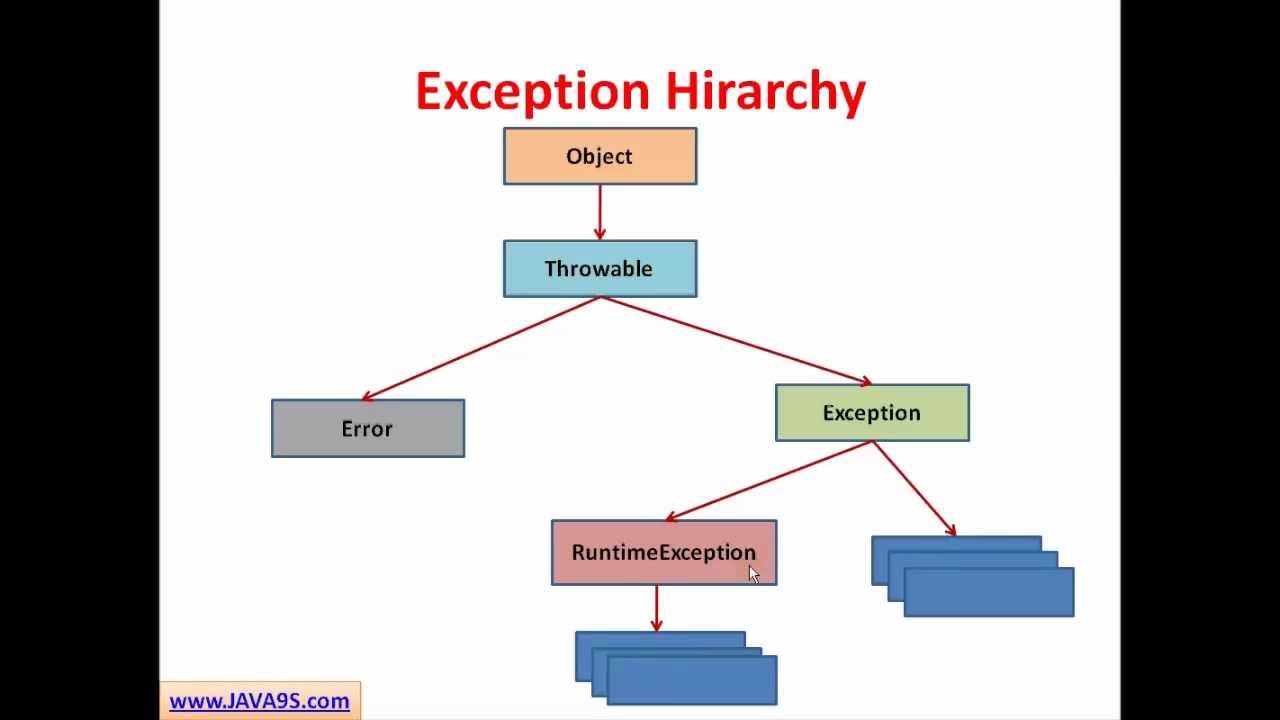Exception Handling is an error-handling mechanism used in computer programming. It allows the software system to recognize and catch errors, and then take preventive measures to prevent or reduce their impact, such as halting execution, or alerting the user with an error message.
Exception handling is beneficial because it makes the software program more reliable and efficient. It allows the software to continue running without crashing or freezing, while also providing detailed information about the error so that it can be addressed. For instance, if a software application tries to access a resource that doesn’t exist, it will send an exception instead of just crashing and offering no explanation.
Exception handling is an important part of modern software development. When an error occurs, an exception can be thrown at the try/catch block located in that method. This will catch the exception and log it, notify the user, or take any other necessary action.
There are several types of exceptions, including runtime exceptions, checked exceptions, and error exceptions. Runtime exceptions occur due to an incorrect state in the application or environment. Checked exceptions are checked by the compiler before the code is executed. Error exceptions denote a critical problem that can’t be handled.
Most programming languages have built-in mechanisms that can be used to handle exceptions. For instance, the .NET framework does exception handling by using the Try-Catch-Finally mechanism.The Java language also implements exception handling using the try-catch structure.
Exception handling is an important part of software engineering and should always be considered when designing and developing a new application. It allows the application to be more durable and less prone to bugs, while also providing detailed information when an error occurs.






